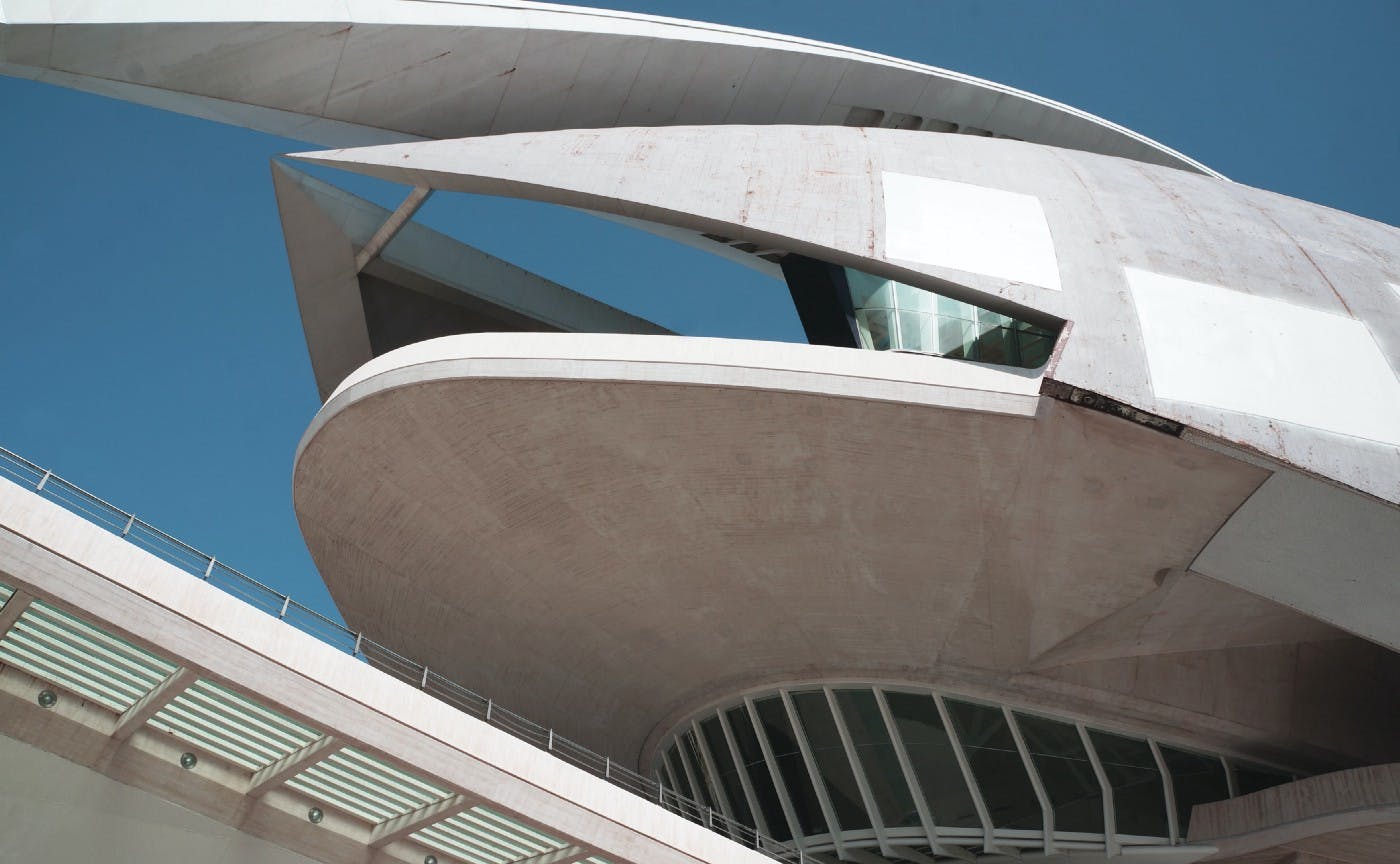Angular and Django integration into one project
Integration of Angular into legacy Django project instead of starting the whole project from scratch.

Published At
4/3/2020
Reading Time
~ 3 min read
For those times, when you ought to do things which you don't want to do.
Requirements: Django > 1.8, Angular 8, 9 or above. I've done this Angular 9.
Let's jump directly into a pool, I'm guessing, you already have a basic Django setup, which is:
- Vritualenv setup
- Django project
- Static files and template files setup- Vritualenv setup
- Django project
- Static files and template files setupStart by installing angular cli into your local.
npm install -g @angular/clinpm install -g @angular/cliif you are on windows', please set the path of the ng command. Otherwise, you can use npm run ng <your ng command> for
the rest of the article.
- In Django, create a Landing view and URL pointing to that view. And render a template which you're going to use for
Angular. Let's say
angular_index.htmlwhich is residing into Django templates dir. - Now, from command-line, create a new angular project names
frontendinto a Django static directory.ng new frontend - Now your Angular apps
basic structure is done, for testing, runng build.This will compile your code and produce some files intodistdirectory which will be created into afrontend (your angular app)` directory. - Now go into
angular_index.htmland include these compiled filesruntime-es2015.js,polyfills.js,styles-es2015.js,vendor-es2015.js,main-es2015.jsinto Django template js block.
<script type="type/javascript" src="{% static 'frontend/dist/runtime-es2015.js' %}"></script>
<script type="type/javascript" src="{% static 'frontend/dist/polyfills-es2015.js' %}"></script>
<script type="type/javascript" src="{% static 'frontend/dist/styles-es2015.js' %}"></script>
<script type="type/javascript" src="{% static 'frontend/dist/vendor-es2015.js' %}"></script>
<script type="type/javascript" src="{% static 'frontend/dist/main-es2015.js' %}"></script><script type="type/javascript" src="{% static 'frontend/dist/runtime-es2015.js' %}"></script>
<script type="type/javascript" src="{% static 'frontend/dist/polyfills-es2015.js' %}"></script>
<script type="type/javascript" src="{% static 'frontend/dist/styles-es2015.js' %}"></script>
<script type="type/javascript" src="{% static 'frontend/dist/vendor-es2015.js' %}"></script>
<script type="type/javascript" src="{% static 'frontend/dist/main-es2015.js' %}"></script>And now you're almost done, just add
<body>
<app-root></app-root>
</body>
<body>
<app-root></app-root>
</body>into angular_index.html and run your python server by
python manage.py runserverpython manage.py runserverGoto your defined URL for your angular app and you'll be seeing the app. Up until now, everything is working fine, but the problem is every time you do some code change, you have run ng build to compile the angular code and then see the changes reflect in the browser.
So you might be thinking, why not use ng serve, yes ng serve is a great option. But the sad part is, it does not
provide us with the compiled files. it saves those files in the memory. So we need to use watch option in ng build for
development purpose.
Run ng build --watch into a terminal and it will hot reload your project with every file change. But now, your browser
will not show anything. Because at watch state, ng build --watch produces different filenames without postfix of
es2015. So you need to change those files names in the angular_index.html and include the following files.
<script type="type/javascript" src="{% static 'frontend/dist/runtime.js' %}"></script>
<script type="type/javascript" src="{% static 'frontend/dist/polyfills.js' %}"></script>
<script type="type/javascript" src="{% static 'frontend/dist/styles.js' %}"></script>
<script type="type/javascript" src="{% static 'frontend/dist/vendor.js' %}"></script>
<script type="type/javascript" src="{% static 'frontend/dist/main.js' %}"></script><script type="type/javascript" src="{% static 'frontend/dist/runtime.js' %}"></script>
<script type="type/javascript" src="{% static 'frontend/dist/polyfills.js' %}"></script>
<script type="type/javascript" src="{% static 'frontend/dist/styles.js' %}"></script>
<script type="type/javascript" src="{% static 'frontend/dist/vendor.js' %}"></script>
<script type="type/javascript" src="{% static 'frontend/dist/main.js' %}"></script>For better configuration, you can get the environment from settings.py and with the help of if condition, you can set
the files according to the environment.
Just in case, if you add support for IE, there will extra file which will generate. You need to add that file to render
everything perfectly.
🙏
Do you have any questions, or simply wish to contact me privately? Don't hesitate to shoot me a DM on Twitter.
Have a wonderful day.
Abhishek 🙏